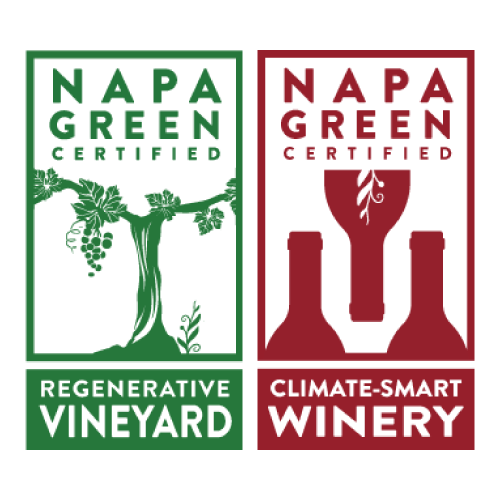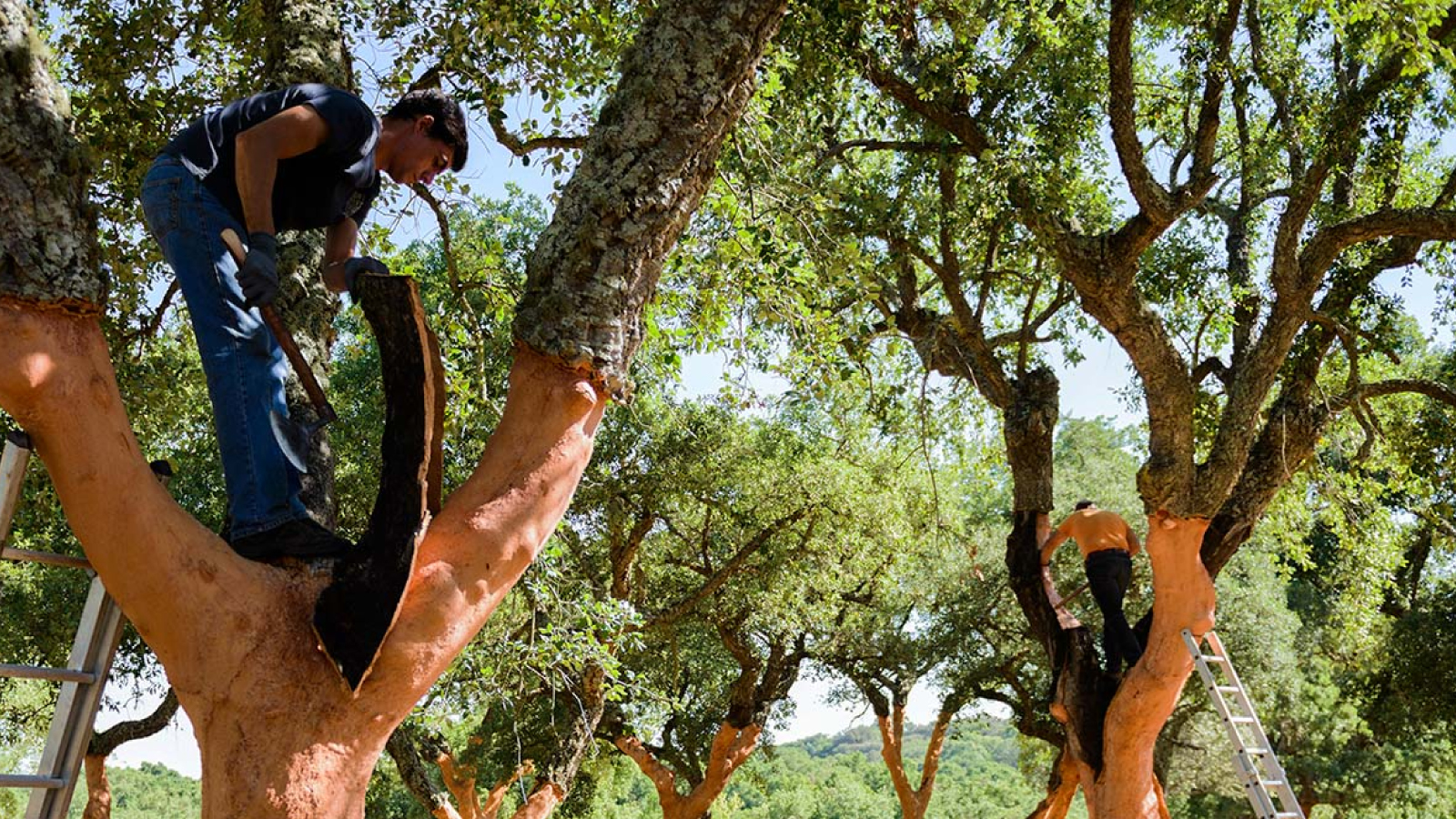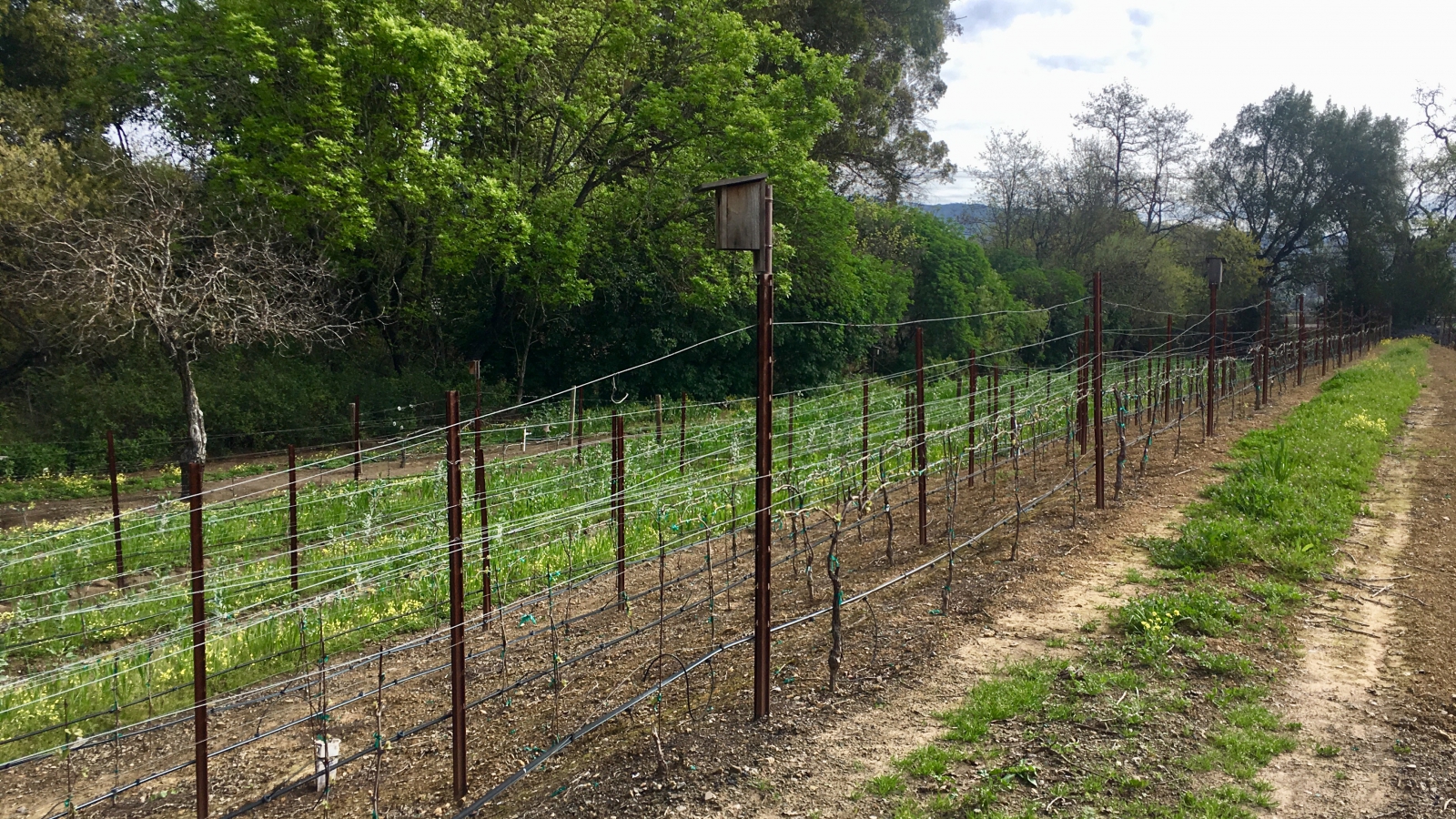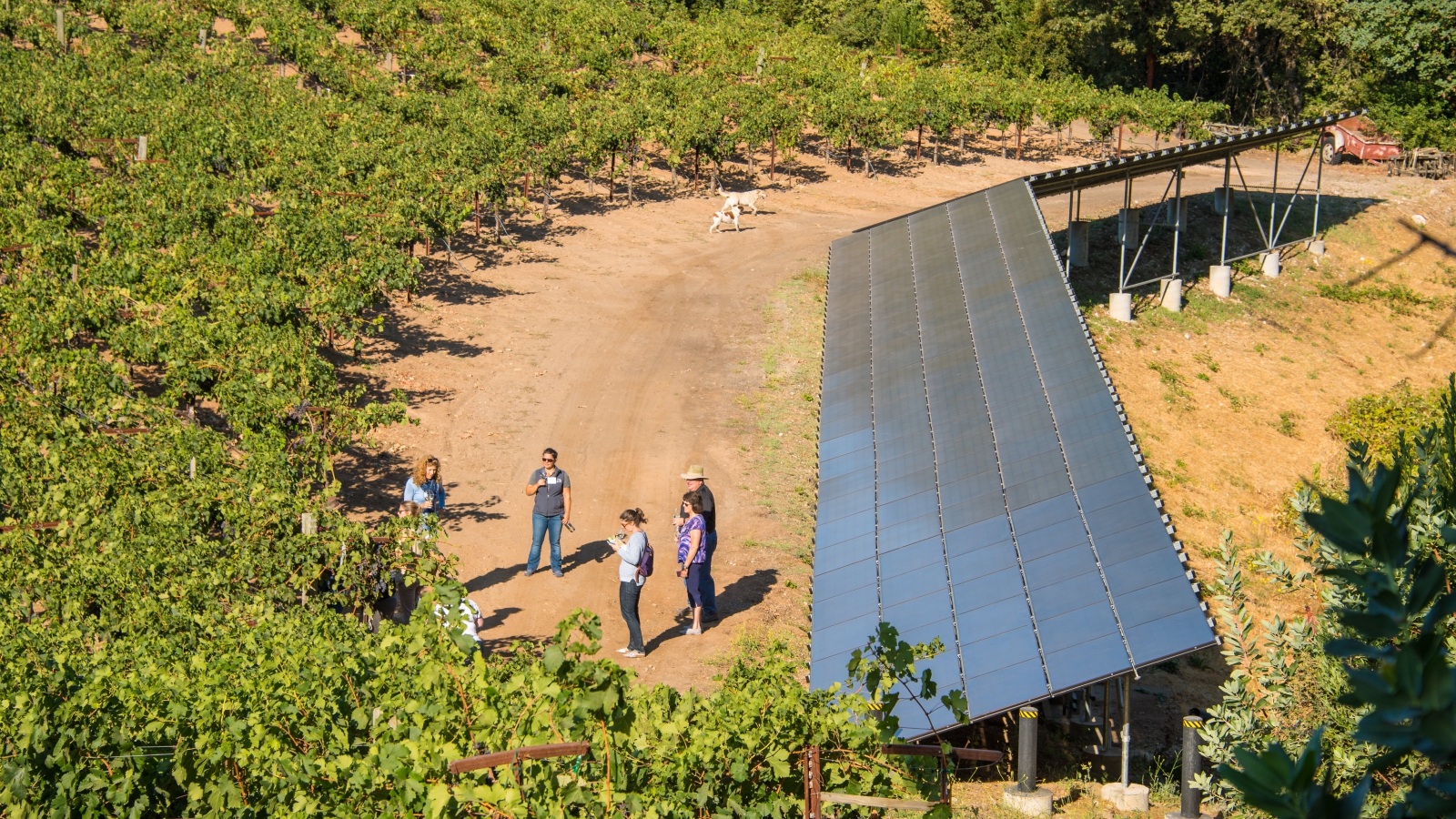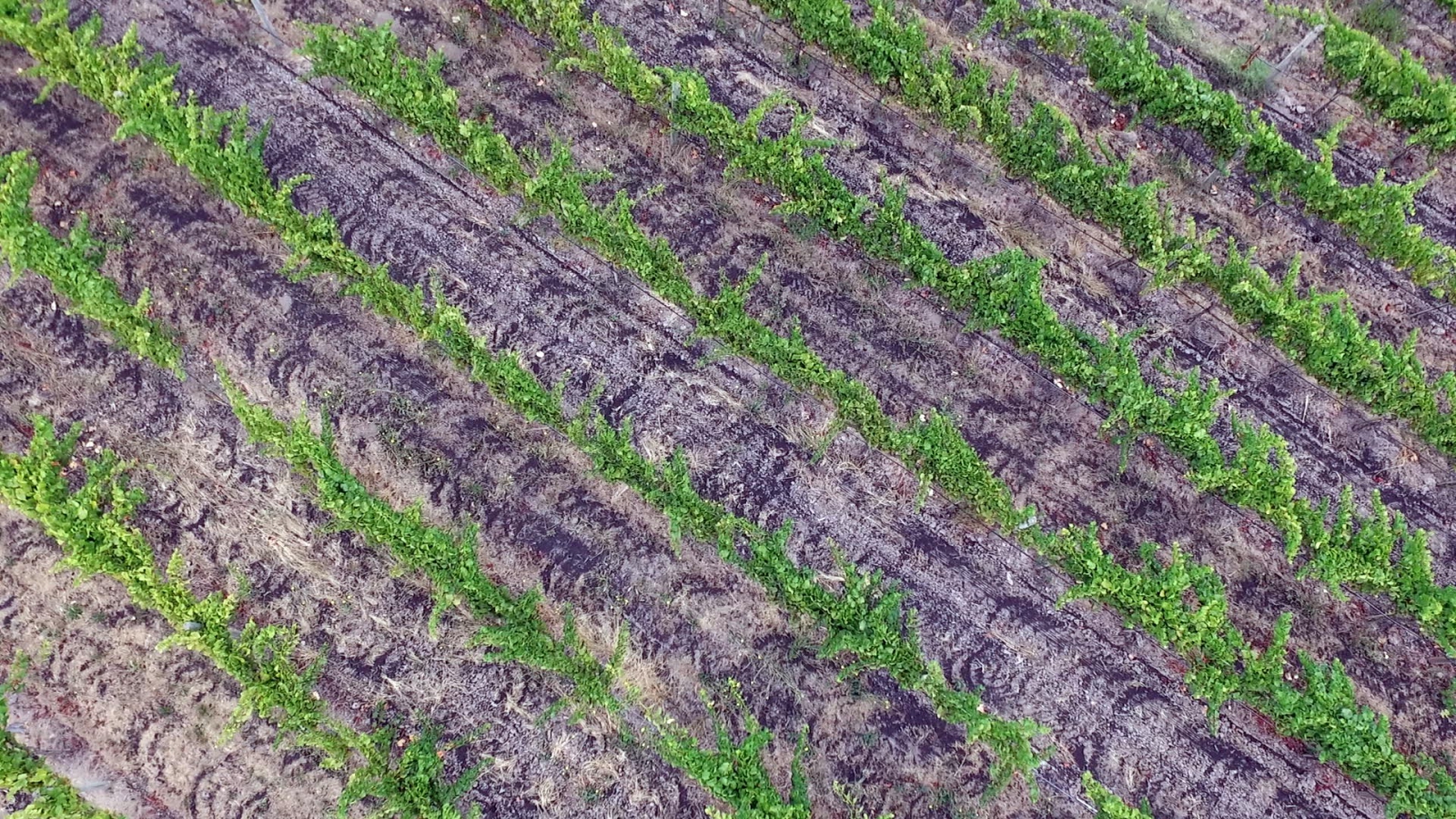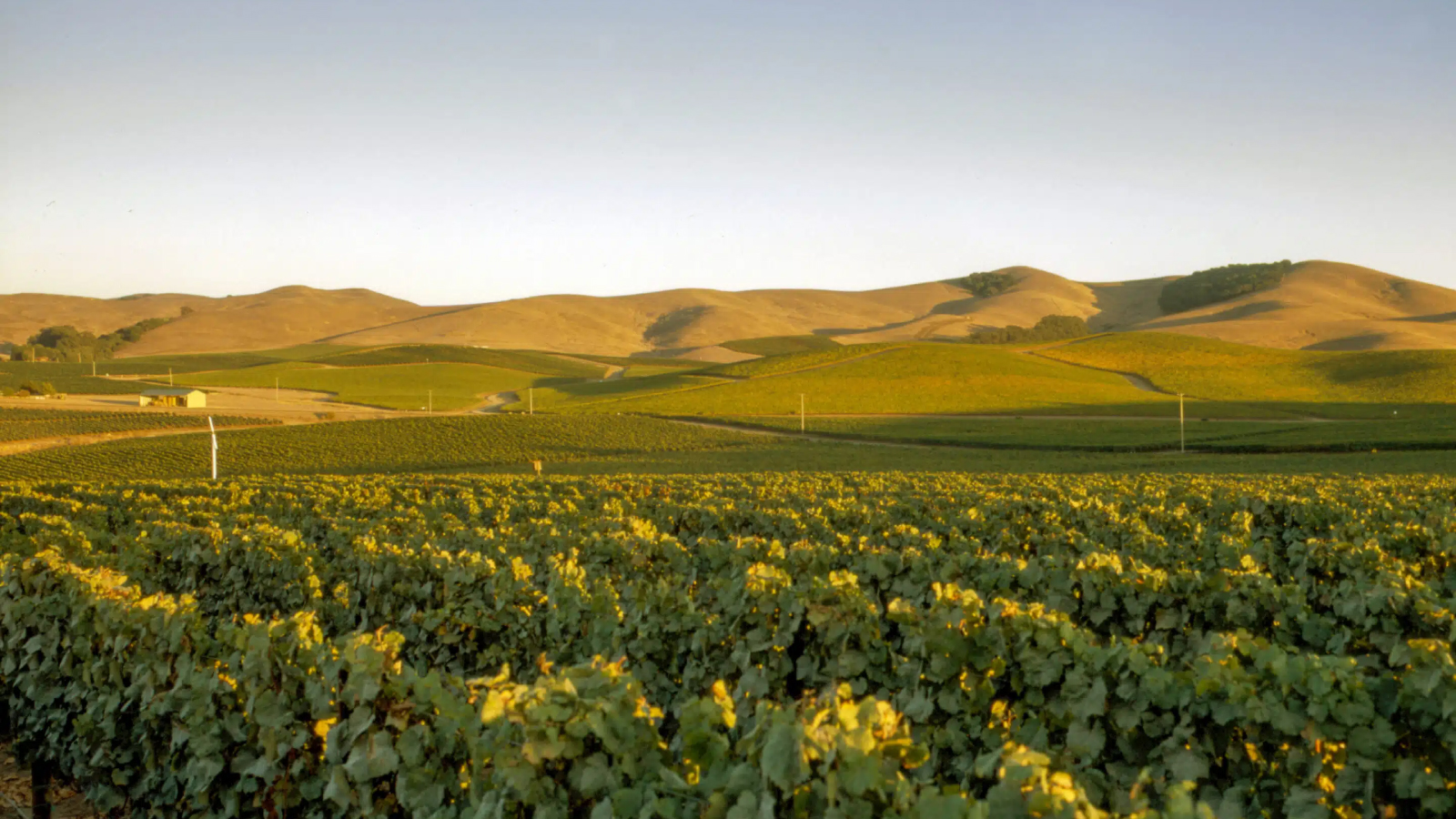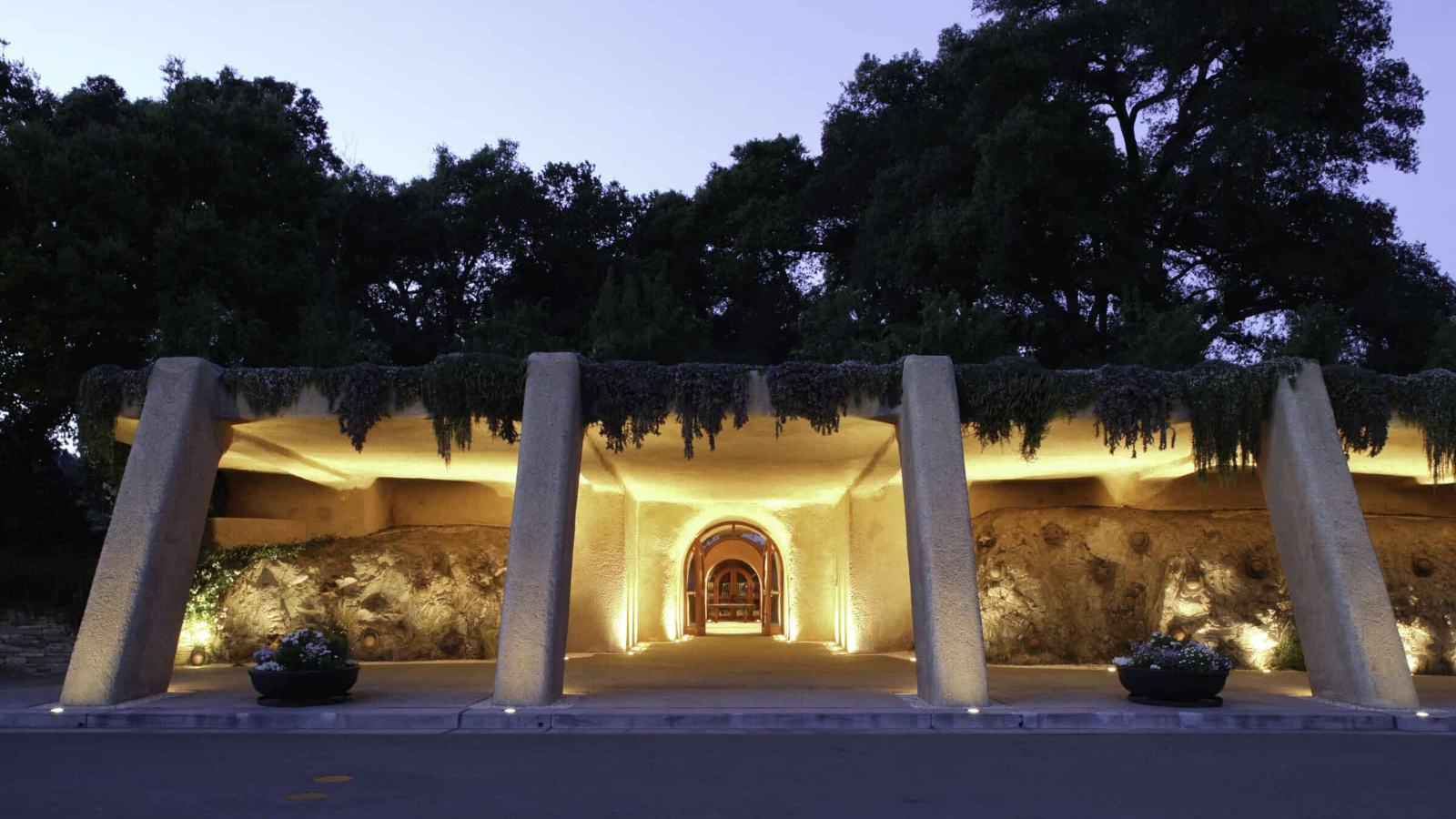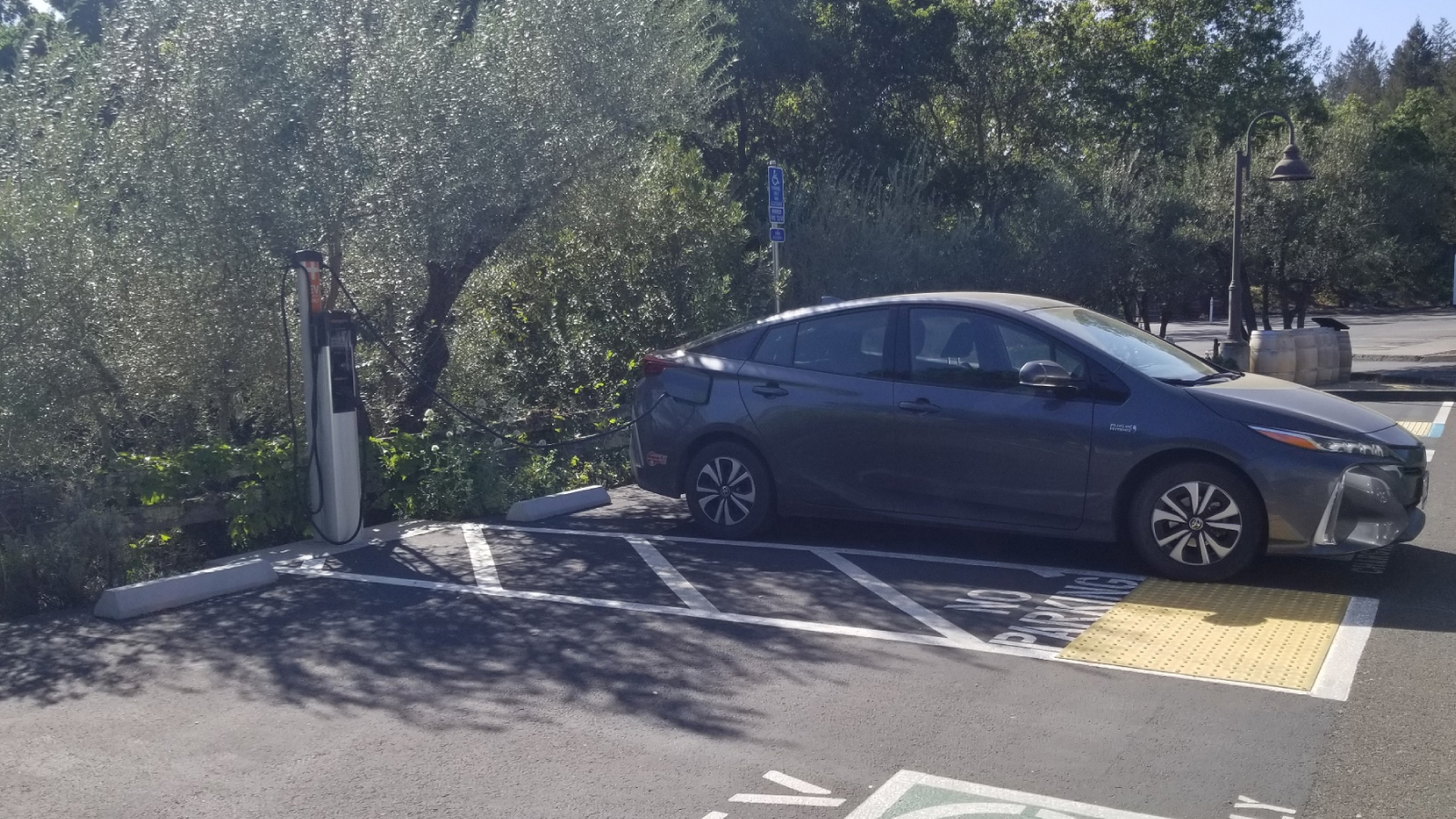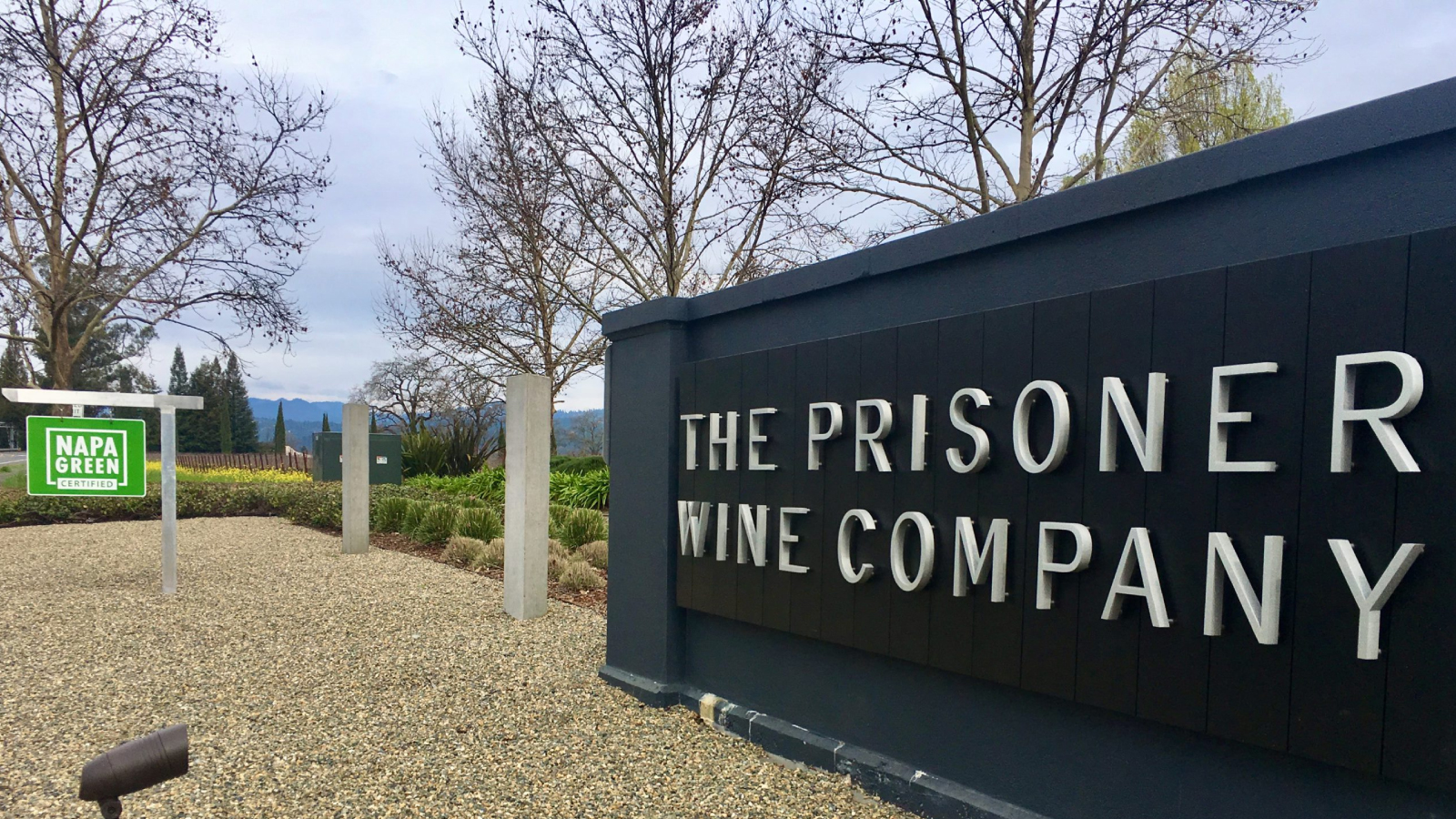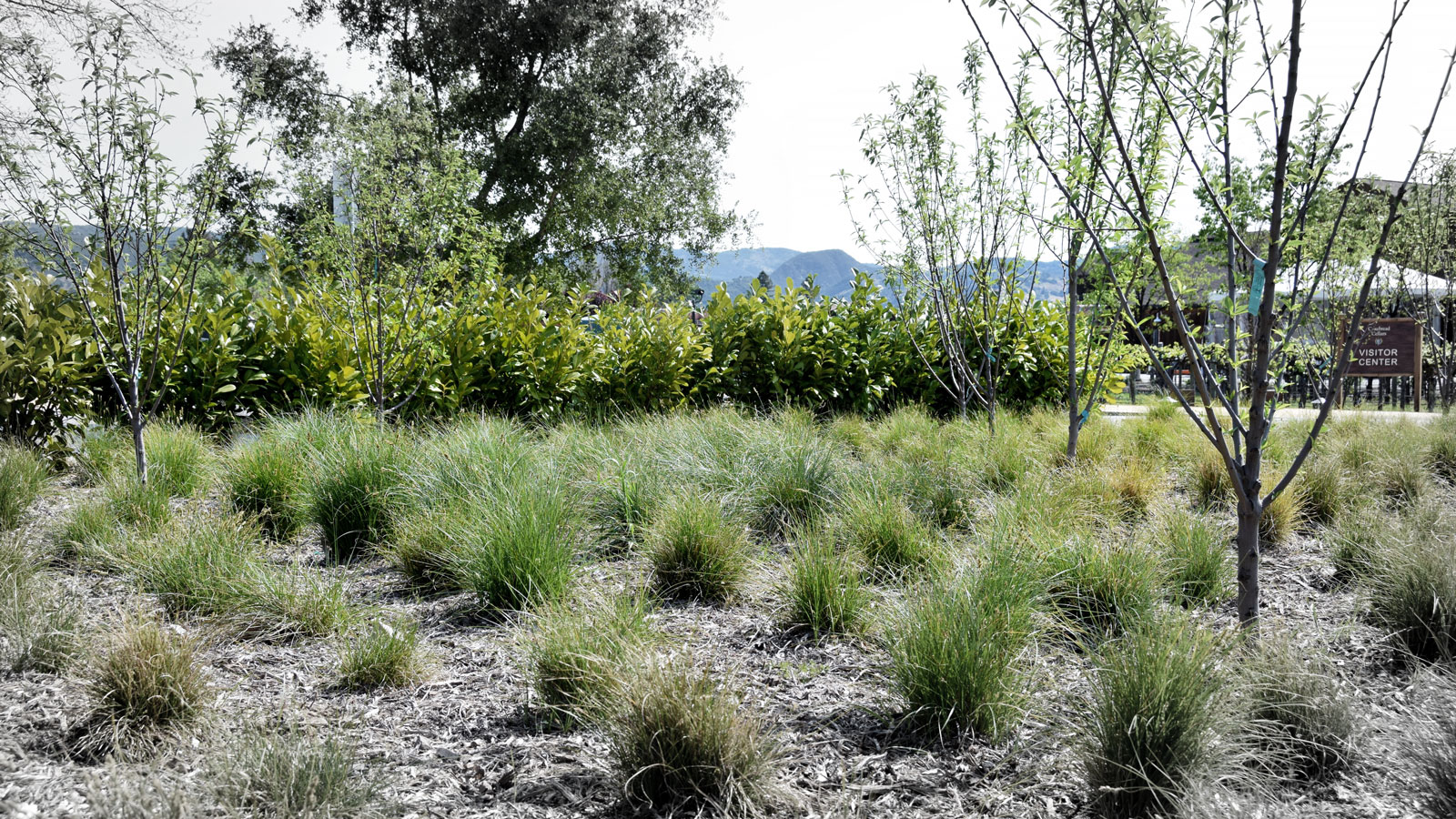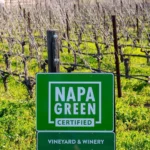Regenerative Agriculture & climate action musings
Hear from Napa Green Executive Director, Anna Brittain about what Napa Green really means, including how does it differ from Organic and what really is Climate Action?
Napa Green | Champion Story
Natural cork is the most sustainable wine closure. Did you know that cork is made from the bark of cork oak trees? The bark cannot be harvested until the oak tree is 25 years old, and is then harvested every nine years, using ancient harvesting techniques. The bark harvest actually prolongs the life of the trees, which can live from 100 to 300 years.
Napa Green | Champion Story
When discussing reduced herbicide use or organic farming, a common argument made is that more tractor passes are required, which increases emissions and the carbon footprint of vineyard operations. However, that no longer has to be the case as electric tractors are entering the market that are competitive with, or even outcompete, conventional tractors.
Napa Green | Champion Story
April is a time of growth – when plants move from dormancy to bloom and the Napa Valley’s landscapes are lush and green, with the rivers and streams full from early spring rains. During April, we also celebrate Down to Earth month, making it a great time to think about soil health and how to manage property using “Carbon Farming.”
Napa Green | Champion Story
Most wineries don’t pursue sustainability certification for marketing purposes. But, an increasing number of studies shows both consumers and trade value environmental stewardship and use this information in their wine purchasing and sales decisions.
Napa Green | Champion Story
Biochar is a form of charcoal that is being tested as a soil amendment in several vineyards throughout Napa County as growers look to improve soil health, increase carbon capture and reduce nutrient inputs. Among those exploring the use of biochar are Cakebread Cellars, Spring Mountain Vineyard and the Napa Resource Conservation District (RCD), which manages an experimental vineyard in Carneros.
Napa Green | Champion Story
The California Land Stewardship Institute (CLSI) is working with landowners on a restoration plan for a 5.3 mile stretch of the upper Napa River just downstream from Calistoga. This stretch of the river is highly entrenched, with vertical 20-25 ft. banks, actively eroding and threatening collapse.
Napa Green | Champion Story
The 9.5 mile Oakville to Oak Knoll (OVOK) Napa River restoration project flows immediately south of the Rutherford Reach restoration. More than 30 landowners are voluntarily participating in this collaborative effort, and like the Rutherford Reach, they are helping fund the long-term monitoring and maintenance of the project.
Napa Green | Champion Story
The Rutherford Reach restoration project has been lauded for rapid accomplishments achieved through private commitment and public partnership. The statistics are notable: This project alone achieved more than 80 percent of the mandated TMDL reduction target for the Napa River watershed due to channel incision and bank erosion.
Napa Green | Champion Story
Restoration of the Napa River is a testimony to the power of public-private partnerships in revitalizing the health of waterways and riparian lands. More than 70 property owners are contributing to four ongoing collaborative projects from Oak Knoll to just south of Calistoga, along the main stem of the Napa River.
more climate smart musings
